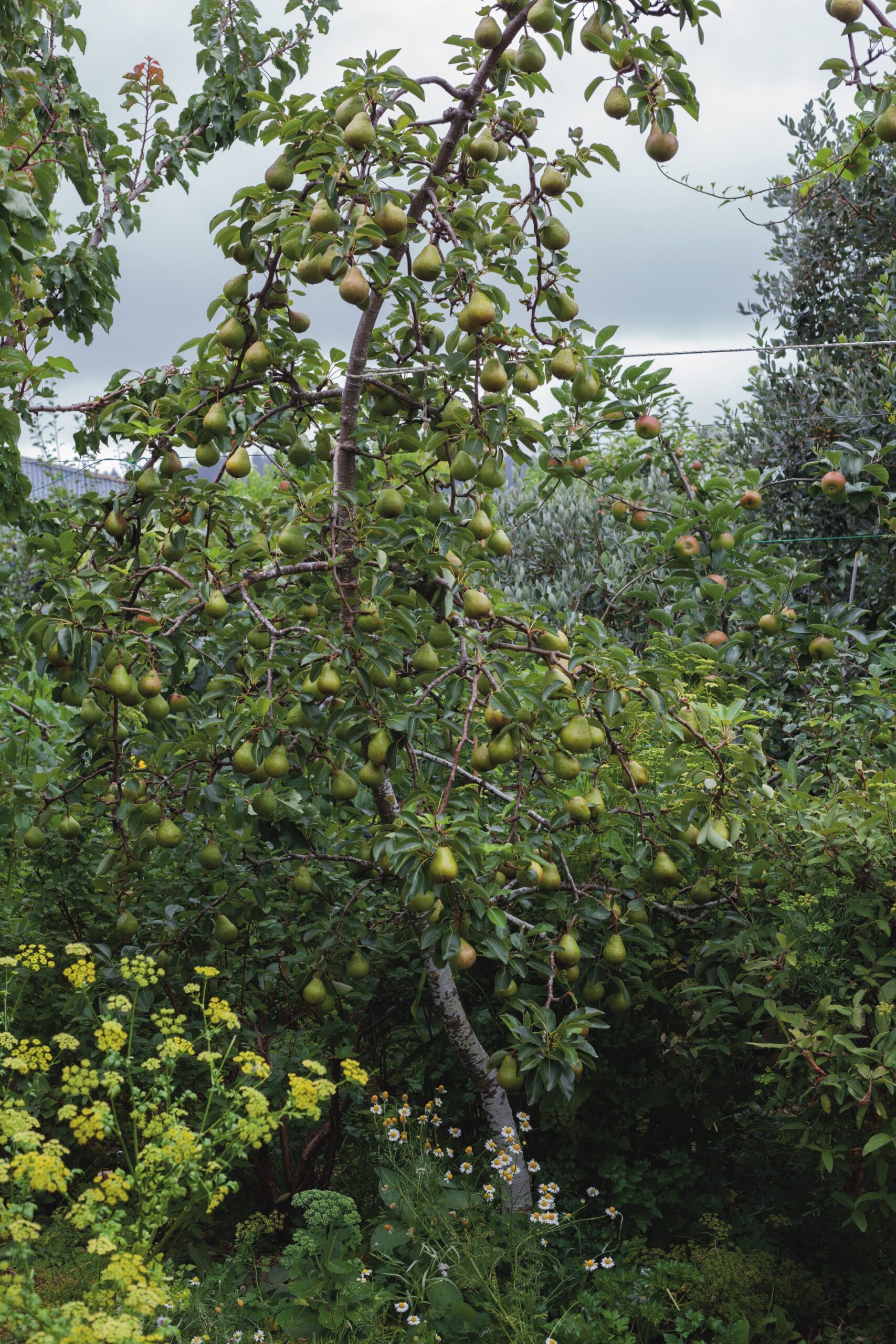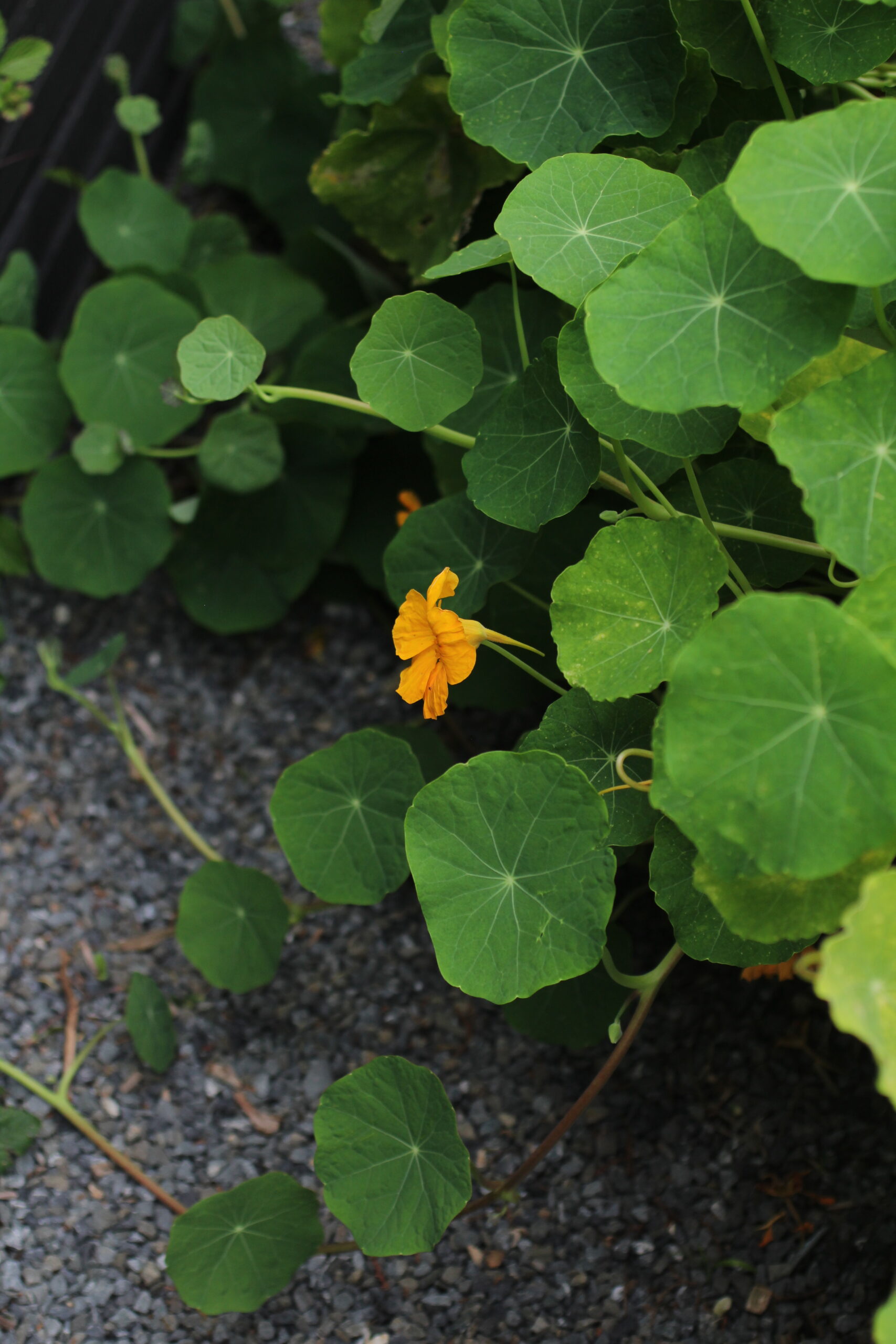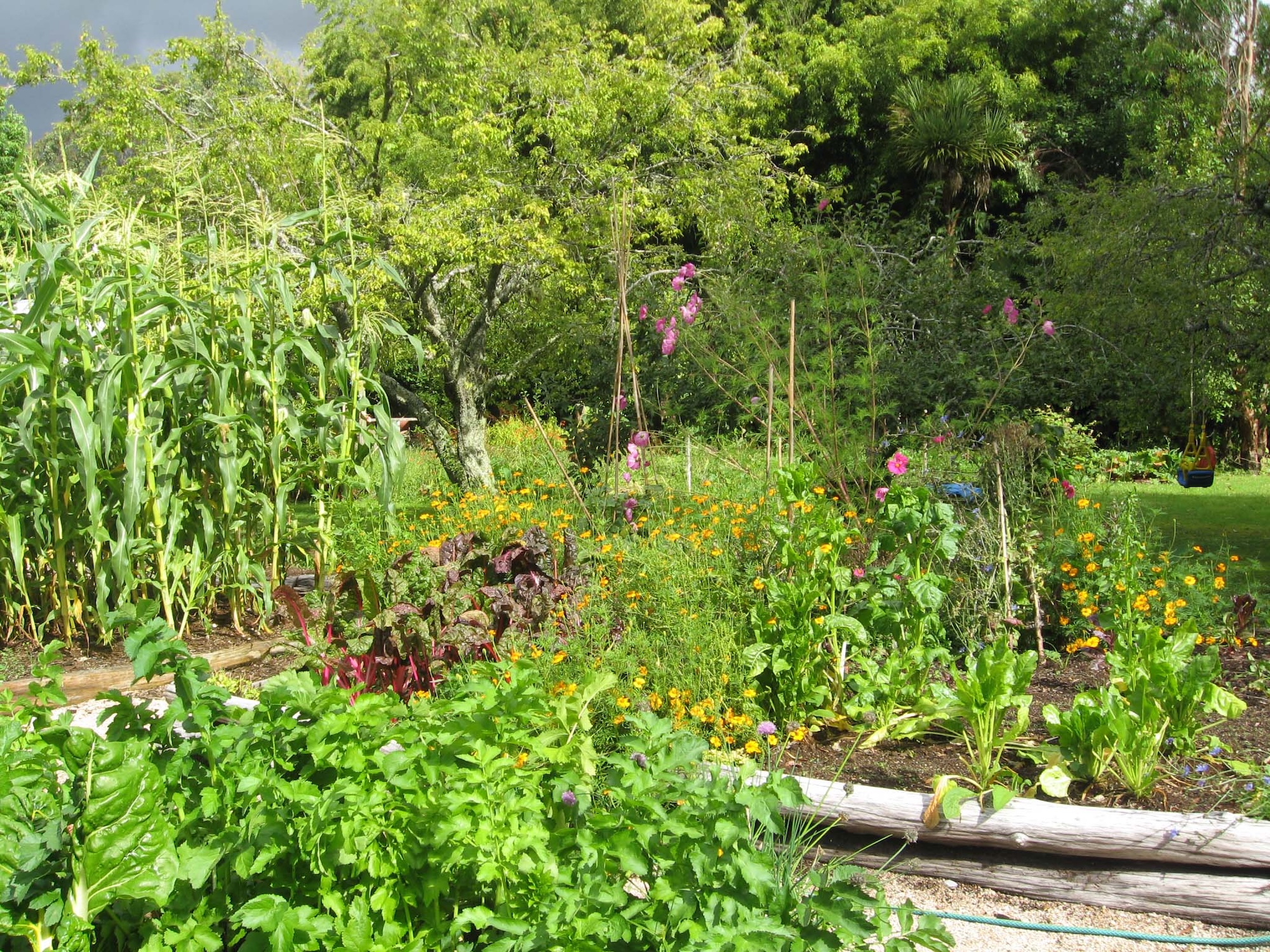Your cart is currently empty!
How to grow cover crops
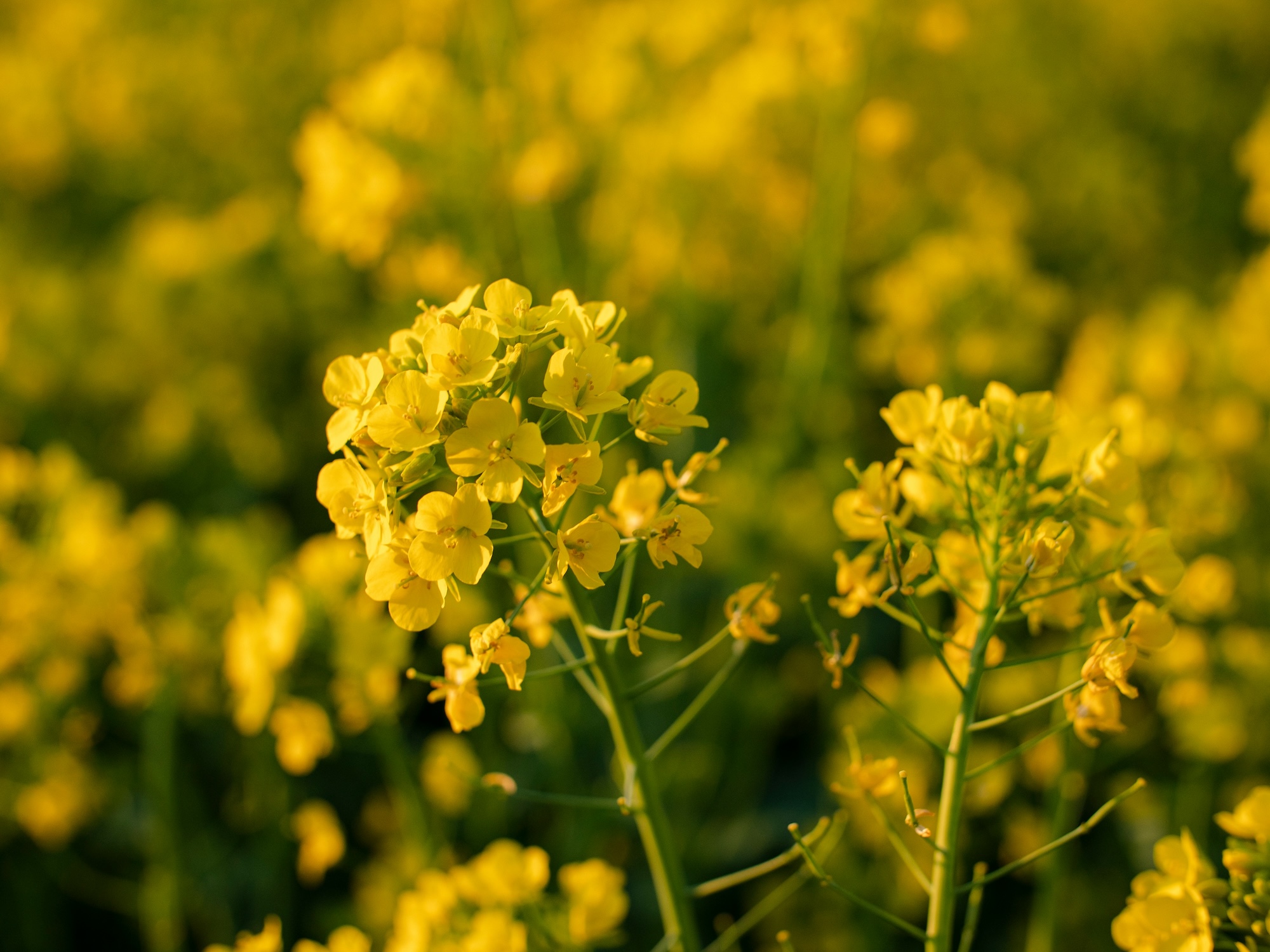
How to grow cover crops
— Excerpt from Down-to-Earth Gardening: Tips from the Practical Kiwi Gardener by Philip Thomsen
Cover crops
Cover crops, also known as green crops, are a range of annual, vegetative plants that cover bare soil over winter.
Common cover crops include mustard, oats and lupin.
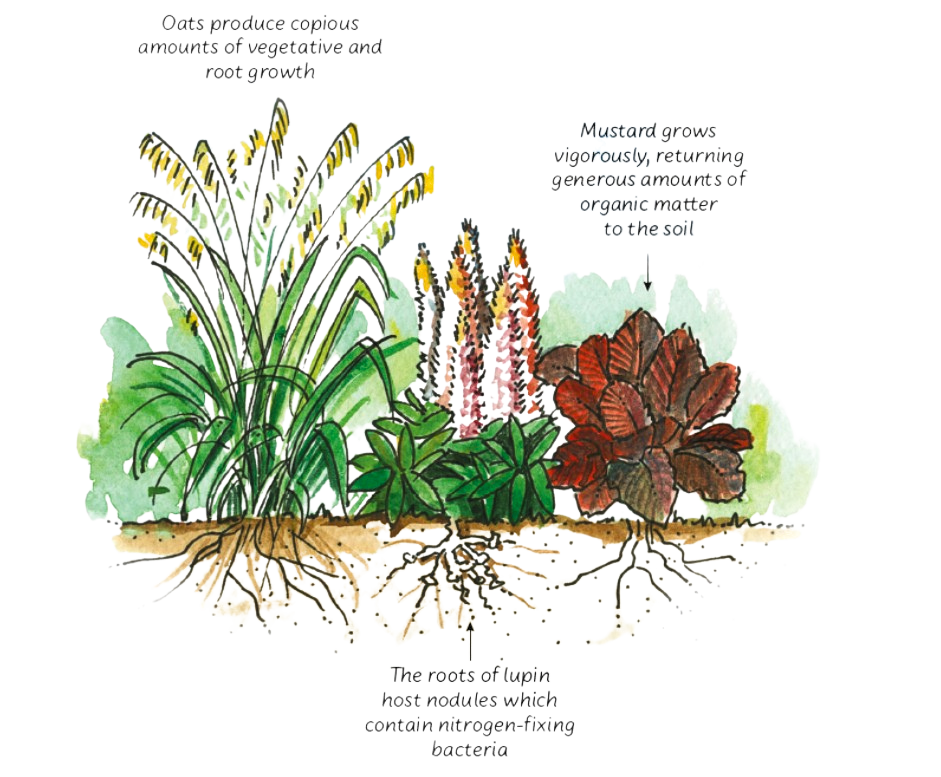
Benefits
Organic matter
High levels of organic matter help to retain moisture and ensure good aeration and drainage in the soil. Almost all vegetables benefit from copious amounts of decomposing vegetation in the soil. The ultimate stage of decomposition is humus, a key storage site for both nutrients and moisture.
Nutrients
Cover crops scavenge nutrients from deep down in the soil, making them available for the following vegetable crop. Leguminous cover crops, such as lupin, also fix (collect) nitrogen from the atmosphere through bacteria produced in nodules in their roots.
Soil protection
Cover crops shield the soil surface from the damaging effects of sunshine and rain, preserving the soil structure by providing physical protection and insulation.
Weed control
Covering the soil surface prevents weed seeds from germinating, reducing the need for weeding over the winter months.
Common varieties
Mustard
Decomposing mustard remnants suppress nematodes (roundworms). Mustard is in the brassica family, so if there is a risk of clubroot in the soil, it should be avoided as a cover crop.
Lupin
As a legume, lupin harbours nitrogen-fixing bacteria in nodules on its roots. After the lupin is returned to the soil as compost or mulch, the nitrogen gradually becomes available.
Oats
Oats and other members of the grass family produce copious volumes of root and top growth, adding valuable organic matter to the soil.
Managing cover crops
Preparation
Remove the remnants of the previous crop and any weeds. These should be composted or spread as mulch. If there are any perennial weeds, be diligent about removing the whole plant, including the below-ground parts which can regrow; they should not be composted, but, once dried out, can sometimes be laid on the soil surface as a mulch.
Cultivation
Cultivate the ground shallowly and rake the surface to a fine tilth. No cultivation is required if you use the no-dig method.
Sowing
Sow the cover crop at the rate recommended on the packet. Broadcast (scatter) the seed lightly in one direction, then a second time in another to ensure even coverage. Rake the surface lightly, ensuring that the seed isn’t drawn to one side.
Watering and weed control
If the soil is dry, watering may be needed. Perform weed control during the establishment stage, if necessary.
Development
Allow the crop to develop through the winter months with as little disturbance as possible. Some weeding may be required, but weeds effectively become part of the cover crop
Chopping and incorporating
In late winter, when the plants are full-size, chop them up with a line trimmer or hedge clippers to speed up the decomposition process. Leave the remnants on the surface as mulch or fork them into the soil, depending on your preference and future crops. The early stages of decomposition will result in a net reduction of soil nutrients, particularly nitrogen, but soil fertility will increase after a few weeks.
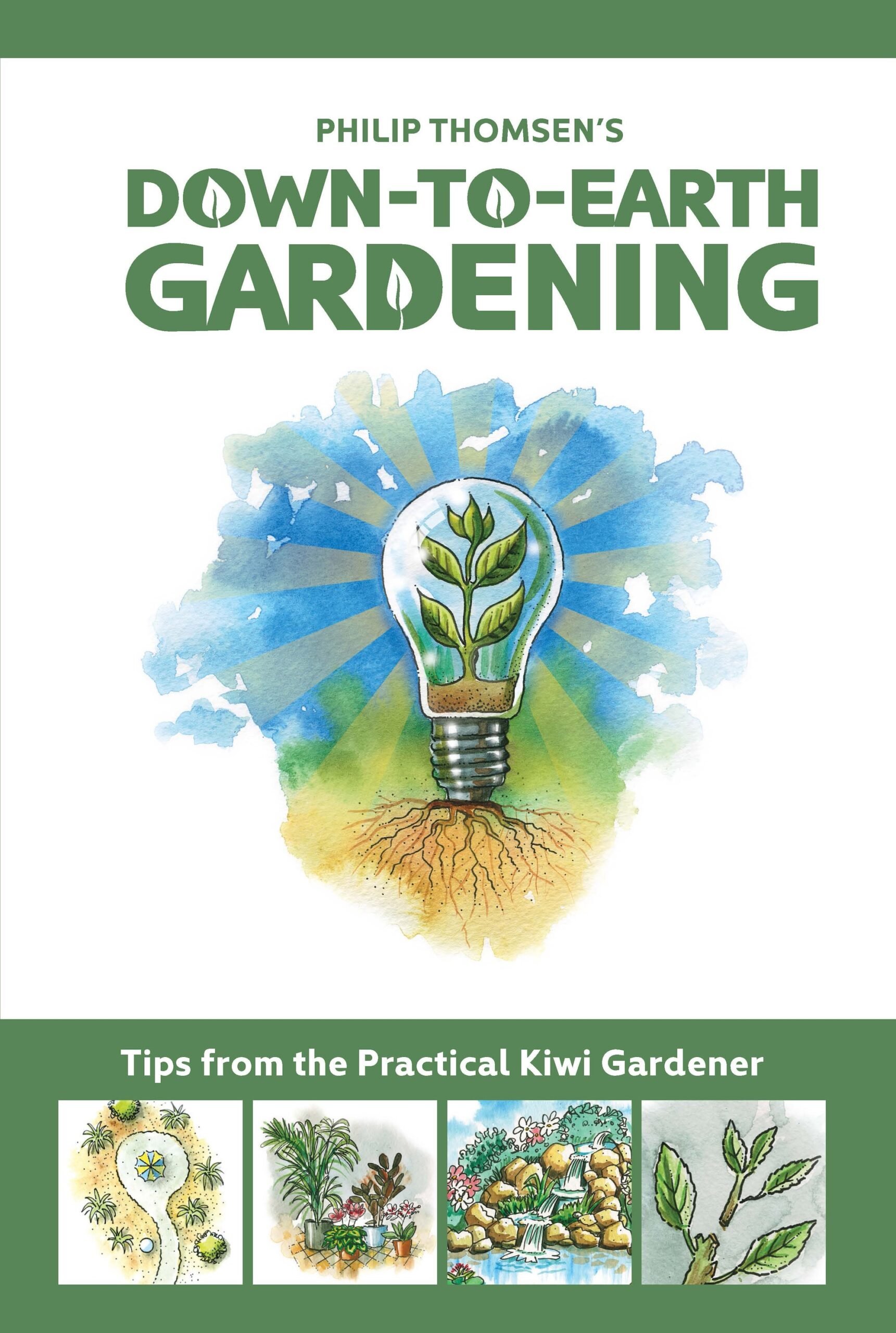
Down-to-Earth Gardening: Tips from the Practical Kiwi Gardener by Philip Thomsen
Illustrated by Tim Garmen, published by Bateman Books, RRP $59.99, release date October 2025
Buy Now
